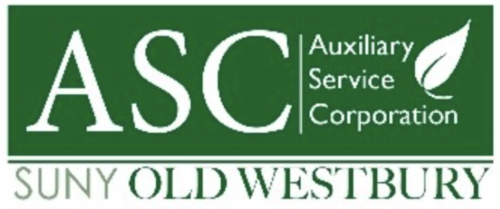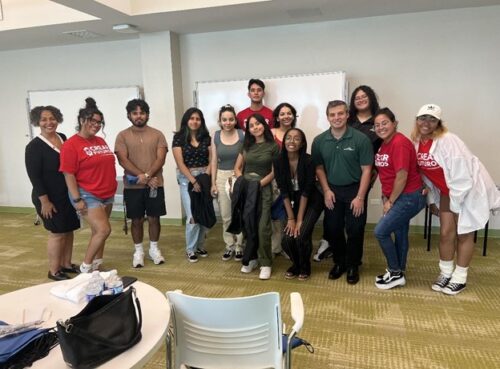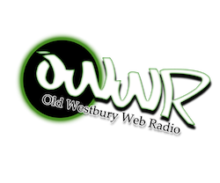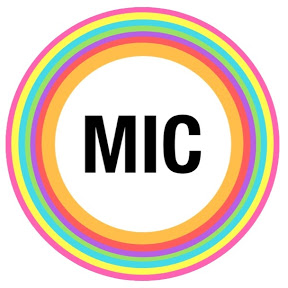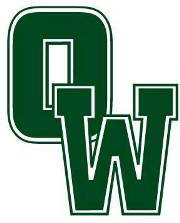Photo Credit: IMDB
After months of waiting, Beatles fans were finally able to watch the new Beatles documentary, The Beatles: Get Back, which started on November 25 on Disney+. This documentary is split into three separate episodes all released the day after the previous one. The documentary is made with over 60 hours of previously unseen footage and 150 hours of unheard audio during the band’s Get Back sessions in January 1969. The series is directed by Lord of the Rings director Peter Jackson.
The documentary works hand-in-hand with the accompanying book, The Beatles: Get Back, which was released in October. The documentary was made from footage filmed for director Michael Lindsay-Hogg’s 1970 film, Let It Be. Along with this footage, the beginning of episode one gives a brief history of The Beatles year by year up until 1969.
Episode one of Get Back shows footage of The Beatles at Twickenham Studios attempting to collaborate on new music for a new album and live performance. From the start, it is clear to see that the band is struggling to come up with new material. However, as the episode progresses, the band comes up with new lyrics and song ideas. However, they often clash over the location for their live performance, as well as how certain songs should sound.
Episode one ends with George Harrison abruptly leaving the band, with episode two picking up from there. In the beginning of episode two, viewers see only McCartney and Starr show up to rehearsal, with Lennon arriving later. An interesting bit of episode two is the secretly recorded private conversation between Paul and John regarding George’s leaving the group and the band dynamics. “You’ve always been boss,” McCartney said to Lennon.
Showing that the band is willing to work together, they convince George to return and agree to change how they’ve been handling the Get Back sessions, as well as abandone the live T.V. concert. Episode two also sees the band move from Twickenham Studios to the basement of the Apple building, where they will now record their new songs with Harrison returning. There is a notable change in the band’s demeanor after these events occur, and everyone seemed to be more engaged in the sessions.
Episode two ends with the band’s decision to perform an unannounced concert on the roof of the Apple building after other locations fell through. Part three of the series brings the Get Back sessions to a close, and begins with a wholesome moment between George and Ringo working on the Abbey Road song “Octopus’s Garden.” Heather McCartney, Linda McCartney’s daughter, and Paul’s later adopted daughter, is also present, spreading joy and engaging each Beatle in adorable childlike conversations and activities.
While the documentary had nice moments such as these, other moments, such as John Lennon’s future wife Yoko Ono screaming into a microphone were less than ideal to see or hear in the middle of all the talent on screen.
Many well-known songs are performed in the series as the band is creating them. Some of these include “Let It Be,” “Get Back,” “The Long and Winding Road,” and “Don’t Let Me Down,” among many others. Famous Beatles friends, confidants, and collaborators are also seen throughout the documentary including George Martin, Billy Preston, and Mal Evans, as well as others.
There are some sweet moments caught on film, such as Paul McCartney sitting with his then girlfriend, later wife, Linda McCartney (née Eastman) in an intimate conversation that was not picked up by microphones. Other scenes show John Lennon dancing with Yoko Ono as the rest of the band plays music. Maureen Starkey, wife of Ringo Starr, also makes an appearance as does George Harrison’s wife Pattie Harrison (née Boyd).
A definite highlight of the whole series was the famous final concert on January 30. This was the final performance The Beatles gave as a group, a surprise to passers by on the street below. Fans of all ages can be seen climbing onto the nearby rooftops and crowding the streets for a glimpse at the biggest band, showing just how historic this moment was. It was nearly stopped by the police, but fortunately was not and they could continue playing. “I’m all in favor of it!” one man said of the concert to the filmmakers.
The concert is an important part of the documentary and Beatles history. No one had seen them perform live to an audience since 1966, and many probably thought this was a new beginning for The Beatles. “I reckon they give a bit of life to London,” one older onlooker said to the camera. Sadly, The Beatles would never perform to a crowd together again.
Looking back 50 years to the downfall of arguably the world’s greatest band is an interesting experience. The intimate nature of the footage and open discussions about the future of the band makes one feel as though they are sitting in the studio with The Beatles. Fans can finally be a part of the tense, fascinating, and often comical sessions in Twickenham Studios and Apple Studios. Despite the obvious tension, the members are able to joke with one another and work together, changing the idea of what really went down all those years ago. “It’s going to be such an incredibly comical thing 50 years time…” McCartney said.
Paul McCartney summed up the new documentary better than any other person could. “For me it’s lovely because it brings back to me; my mates, my fallen heroes, you know who aren’t here,” he said in a speech posted to his Instagram account from the day of the London Premiere of the film. “…It’s great to see them on film—to be able to study them… I love it… I love The Beatles, great group.”
At the end of the rooftop concert, John Lennon famously quips “I’d like to say thank you on behalf of the group and ourselves, and I hope we’ve passed the audition.”
Yes, John. I think you guys passed.

